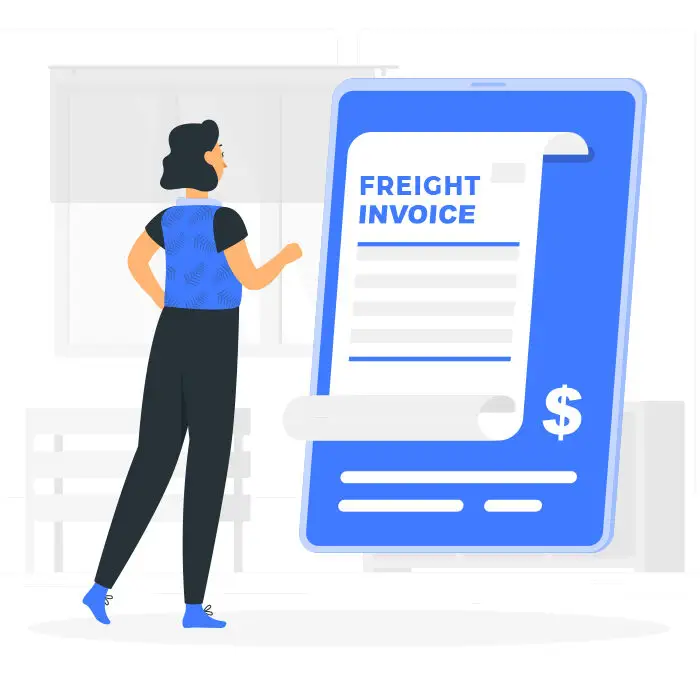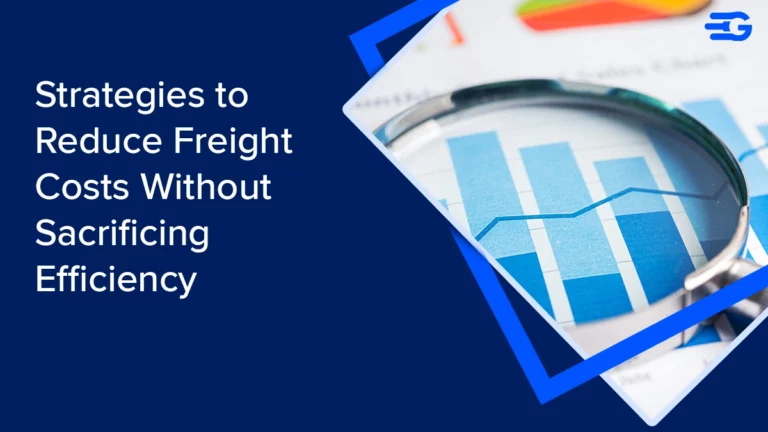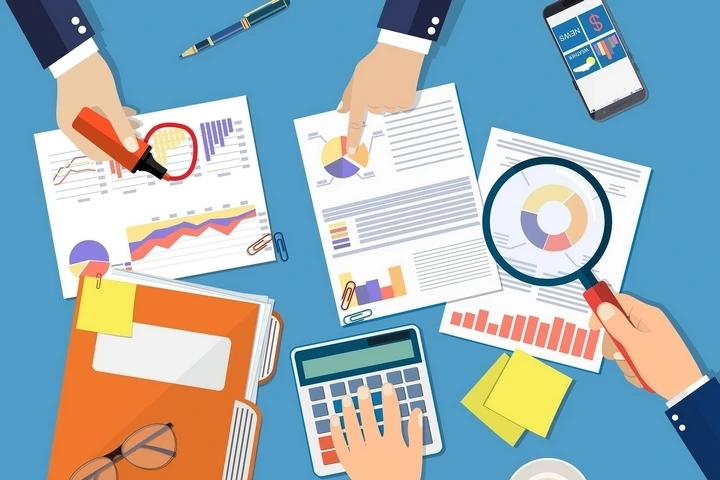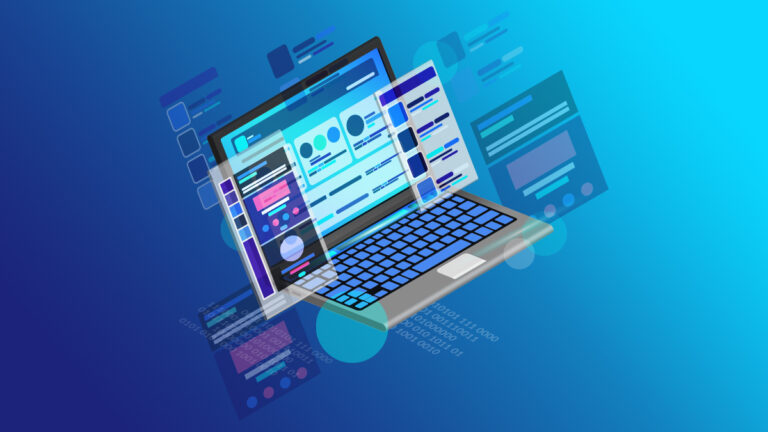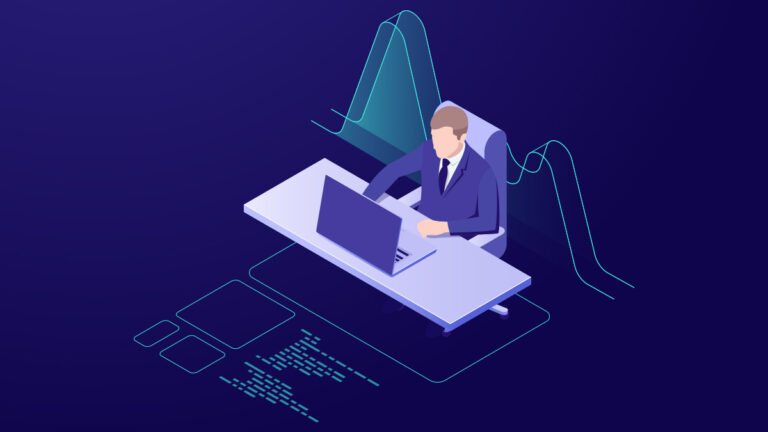Freight payment: Freight Invoice Facts You Should Know
Freight audits and payments may not be the first thing that comes to your mind when you think of ways to reduce freight costs. The cost of manually reconciling freight invoices is one expense that remains hidden and silently affects your bottom line.
Industry studies estimate that manual invoice processing costs around $5 to $12 per invoice. Moreover, the process is time-consuming, prone to error, and stifles the productivity of your team.
This article explores various factors associated with freight invoicing and how automation technology is transforming invoice reconciliation.
What is a freight invoice?
A freight invoice is a document issued by the carrier. It has information such as the description of the freight, point of origin, name of the shipper, the shipment’s weight, charges applied, and more.
Typically, logistics managers and the accounts team deal with invoice processing regularly. With invoice reconciliation, on some days everything works out well while on most days invoices don’t match the original quotation and lead to laborious personal follow-ups for rectified invoices.
However, today there’s a way to ensure accurate invoice matching and save your team from accounting nightmares.
Here are some freight invoice facts that you should know if you still rely on manual freight invoice processing:
Industry studies show that approximately 75% of logistics leaders believe that there are negligible discrepancies between the final quotation they get and the freight invoice. By merely considering the sheer volume of freight invoices that your logistics teams receive, you can gauge how costly mistakes can, and do, happen.
From our data and experience working with leading organizations, we have discovered that up to 60% of freight invoices do not match the final quotation. Besides, in about 20% of the cases, these discrepancies go unchecked and lead to mistakes such as:
Duplicate payments:
There are times when your carrier or freight forwarder may make the mistake of generating an invoice for the same shipment twice. This could lead to duplicate payments.
Especially when you don’t have an efficient system to carry out invoice processing, the chances are that you will get double-charged for the same shipment.
Discrepancies in discount rates:
When your invoices aren’t accurately matched to the original quotation, there is no way for you to be sure that the promised discount rates were applied correctly.
A best practice is to keep discounted rates on record and audit your freight invoices thoroughly. This will help ensure that the due discounts reflect in the final charges and you don’t end up overpaying for an order.
Incorrect delivery address:
You must cross-check the delivery address on your invoice. The fees for residential, limited access and commercial locations tend to vary, and you need to be sure that the right set of charges is applied.
Besides, if the pickup address is not stated correctly, it can lead to delayed and sometimes even missed shipments. Some organizations even charge additional fees for poor classification of delivery locations or inaccurate addresses.
Overpayments:
Inconsistencies between the freight invoice and the original quotation offered by your vendor can create scope for overpayments.
In light of a failure to verify whether all the charges have been mentioned correctly, you may end up paying more than what was initially decided in the original quotation.
However, with automation technology to the rescue, it’s time you bid goodbye to these problems and proactively ensure cost-effective and accurate invoice processing.
GoComet Automated Invoice Reconciliation
Here’s how it works…
Your vendor can upload the freight invoice directly on GoComet’s invoice reconciliation module. Once the invoice is uploaded, the platform automatically initiates the auto-verification process.
In case, the invoice and original quotation have any inconsistencies, the system directly highlights them to your vendors. Your vendors can then proactively rectify the errors or share documents justifying the charges.
The solution virtually eliminates the need for your team to follow up with vendors, saving you a massive amount of time. As soon as your vendor re-uploads the rectified document, the invoice goes to your team for further processing.
Here are some features of the GoComet invoice reconciliation module:
Optical Character Recognition (OCR) technology:
GoComet’s automated invoice reconciliation uses a blend of Optical Character Recognition (OCR) technology, algorithmic programming, and contextual language processing to match your invoice to the original quotation.
Contextual matching:
For more precise matching the system incorporates contextual matching. This implies that the system is built to recognize terms such as THC, Terminal Handling charges, and Handling Charges as one. The module also can accommodate multiple formats and can be customized as per your company’s preference.
Automated approvals:
Along with auto-reconciliation, the system can also auto-approve the invoices on your behalf based on a predefined tolerance level for errors that you can set. The module can also be integrated with your finance department’s internal systems to ensure seamless invoice processing.
Improved freight bill audits and payments:
The system improves your auditing process possible via unprecedented precision in matching and the ability to time-stamp remarks and comments on each invoice. It also helps build stronger client-vendor relationships with better payment cycles and full transparency.
Time to break free from obsolete ways
With automation technology to the rescue, it’s time to break free from the inefficacies of manual freight invoice matching and drive significant cost savings.
To learn more about how GoComet can help you pay less for your freight procurement, digitally track your shipments and auto-reconcile your freight invoices, reach us here.
